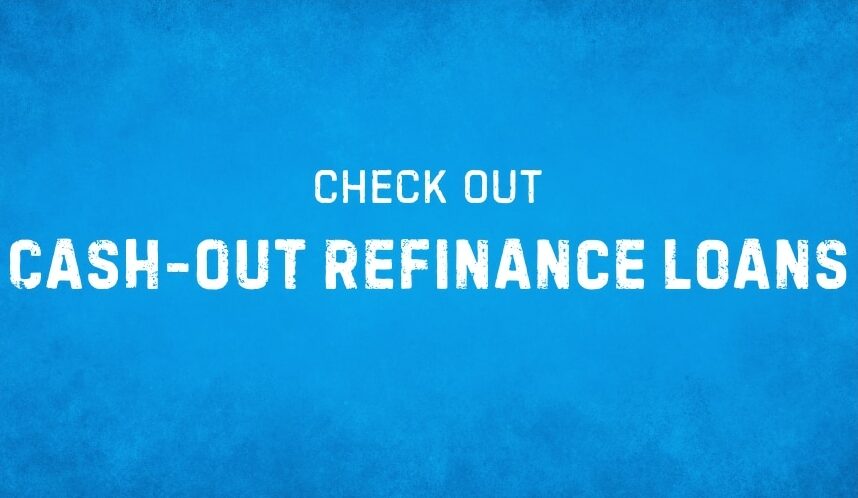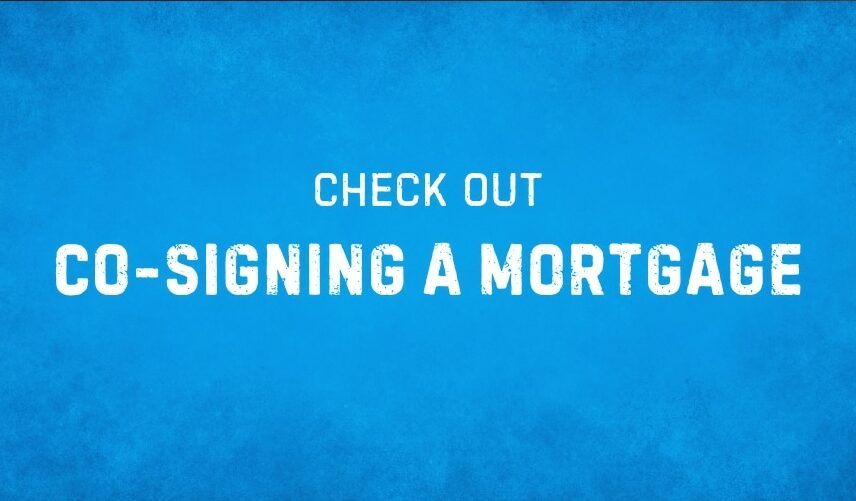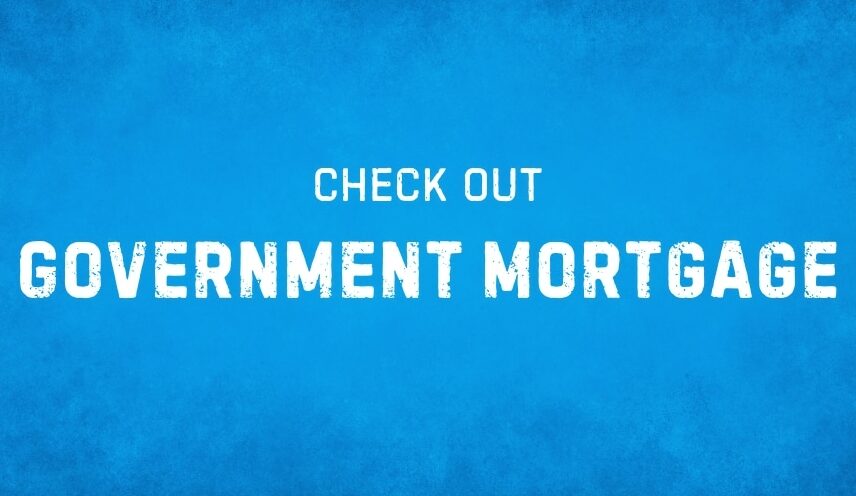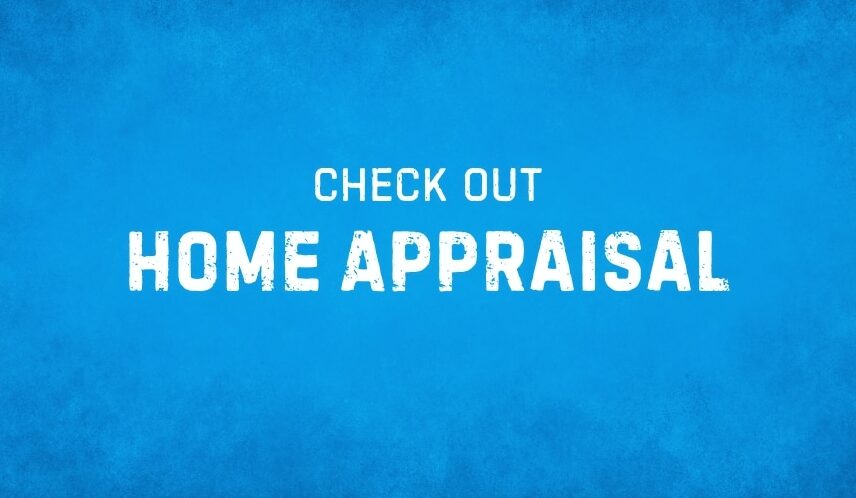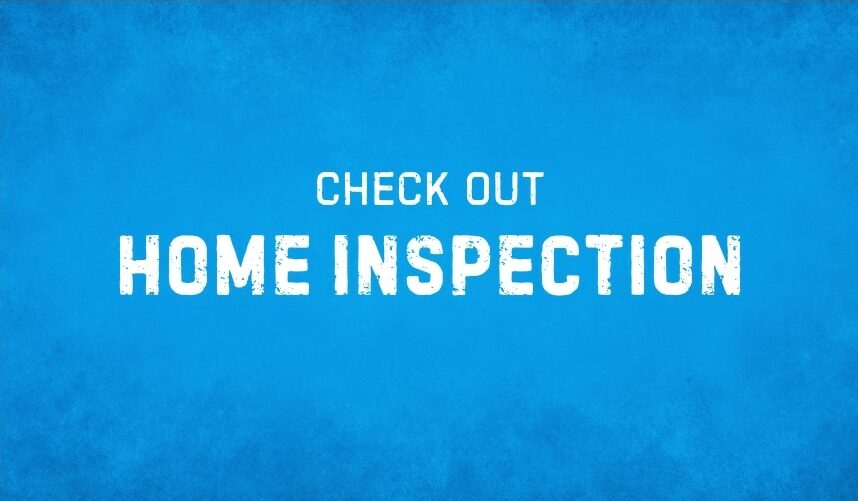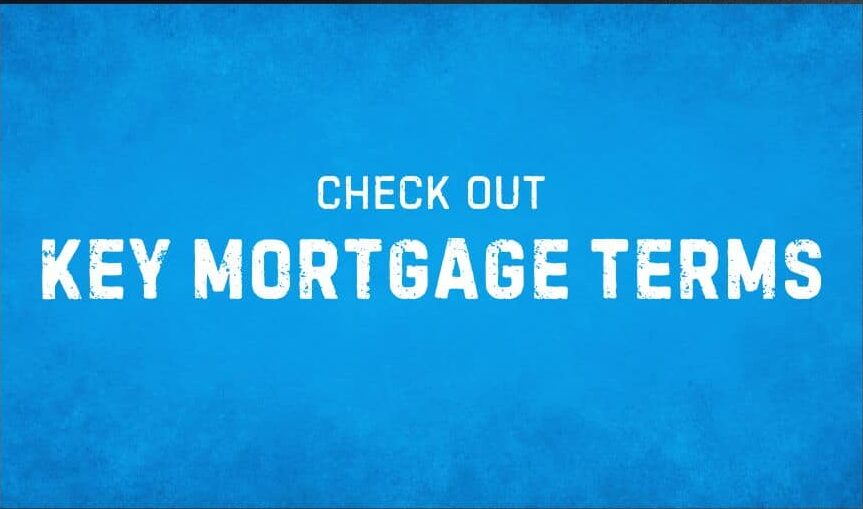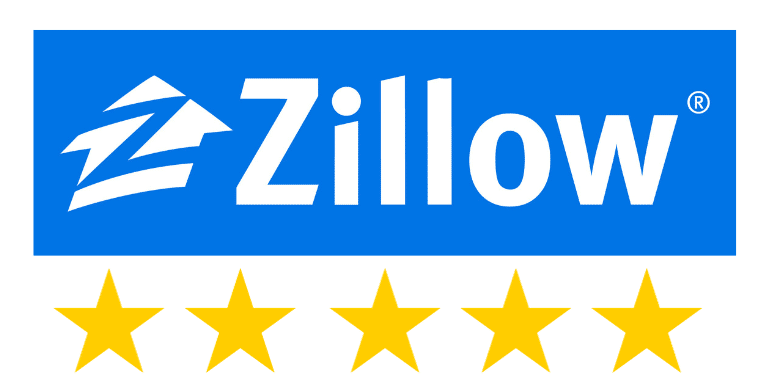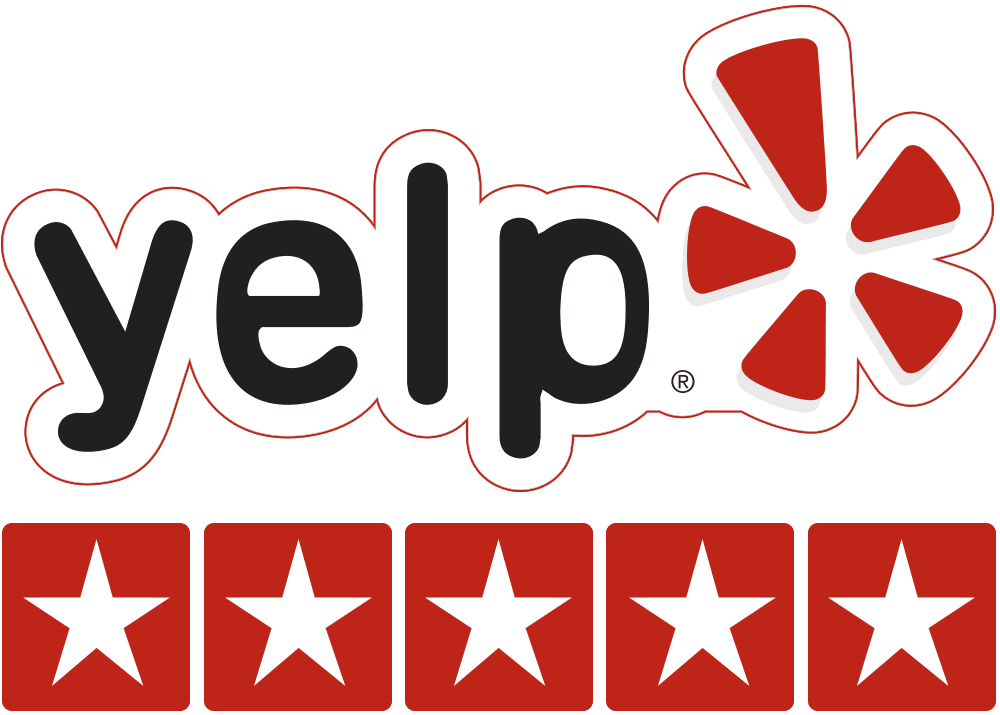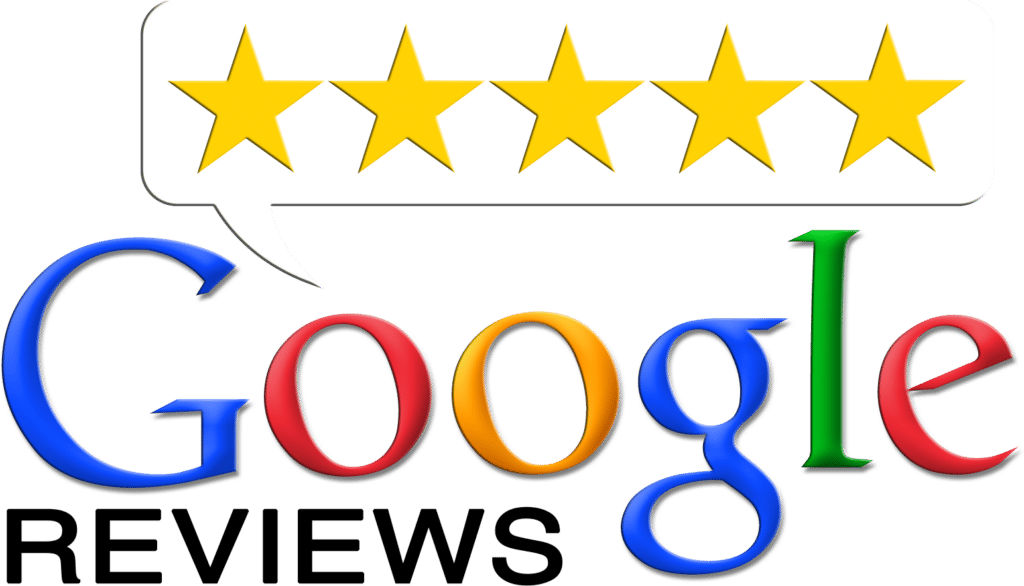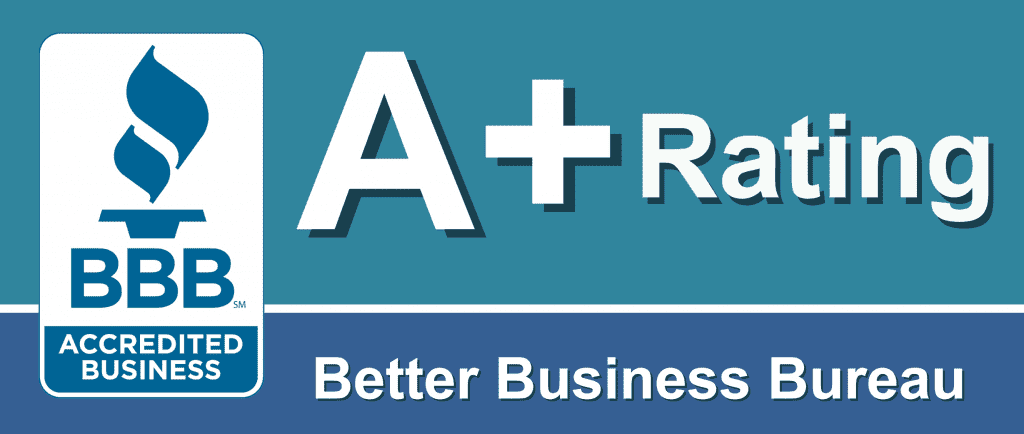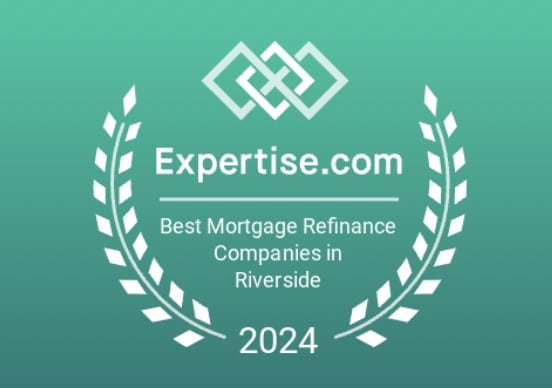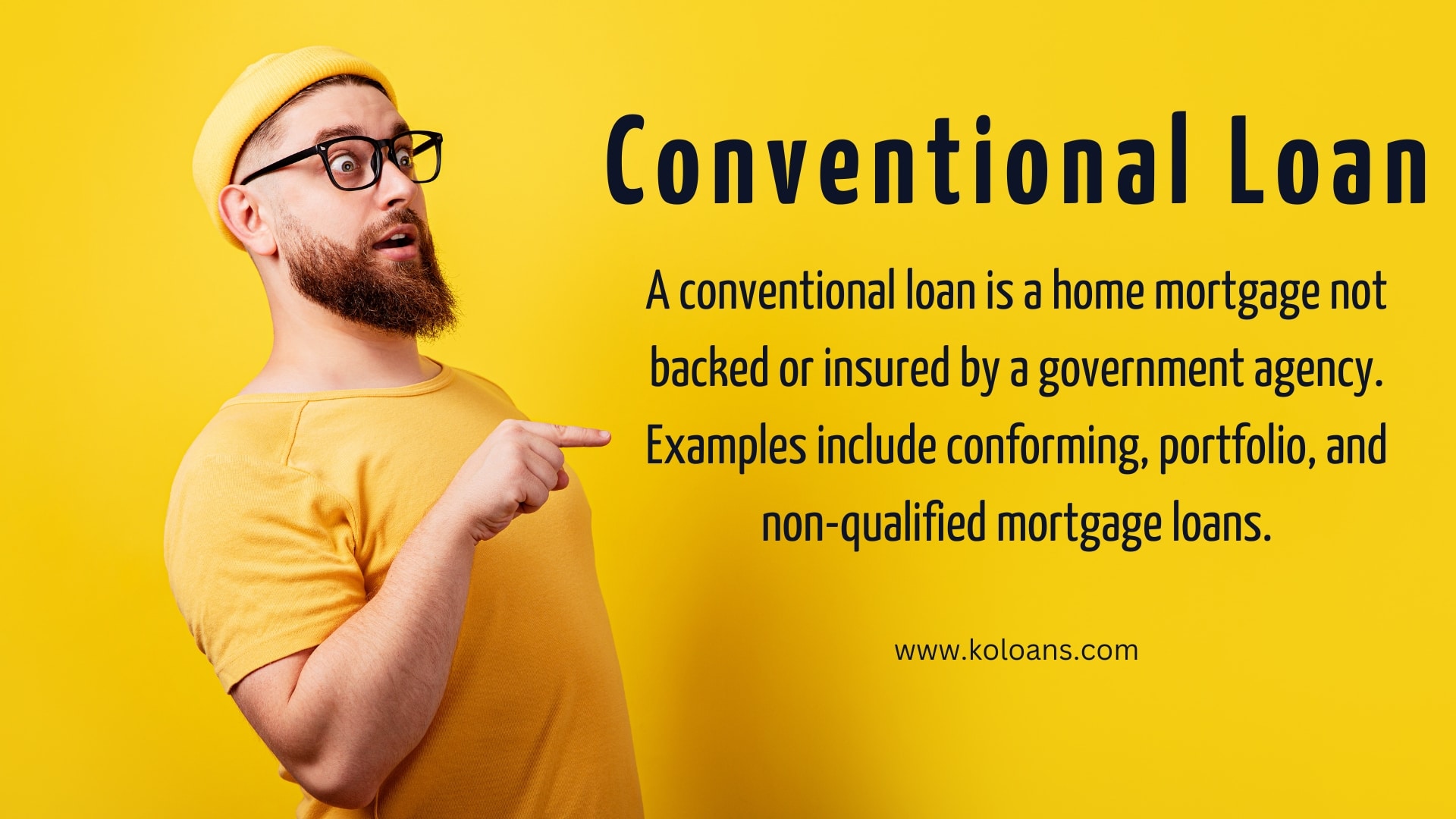
Conventional Loans Uncovered
Key Topics In This Article: Definition | Examples | Differences | Advantages | Disadvantages | Rates | Get Approved
When buying a home or refinancing a mortgage, you will have a wide variety of choices regarding your home loan options. The most common home loan in America is the conventional loan, and the second most common is a government-backed loan.
Below, I’ll uncover what a conventional loan is, provide examples, and explain the advantages and disadvantages of a conventional loan. I’ll also include information about government-backed loans and the difference between the two.
In the end, I’ll list the questions you should ask your loan officer before you apply, along with the application process and how to get approved.
What Is A Conventional Loan?
A conventional loan is a home mortgage not backed or insured by a government agency. Examples include conforming, portfolio, and non-qualified mortgage loans. The approval process and underwriting requirements for conventional loans can vary from one lender to the next.
Seven Examples Of A Conventional Loan
Here are detailed examples of the most common conventional loans.
Conforming Loans
A conforming home loan is a mortgage that conforms to the loan amounts and underwriting guidelines of Fannie Mae and Freddie Mac.1
Conforming home loans require 3% down (or a 97% loan-to-value ratio if it’s a refinance), more if you have a lower credit score. Debt-to-income (DTI) ratio requirements are usually 45% or lower; however, there are times when a loan applicant can go as high as a 50% DTI. All conforming loans must go through an Automated Underwriting System (AUS) that evaluates dozens of risk factors.
Fannie Mae uses Desktop Underwriter as their AUS, and Freddie Mac uses Loan Product Advisor.
The three main risk factors are credit history, the amount you’re borrowing compared to the home’s value, and your ability to repay the loan.
Portfolio Loans
Portfolio loans are conventional loans typically underwritten to the standards of an individual lending institution, and under most circumstances, the lender plans to retain the servicing rights of the loan. Servicing rights means that a lender facilitates the administrative requirements of the loans (i.e., sends out the monthly statements and required correspondence).
Jumbo Loans
Another well-known conventional loan is the jumbo loan. This name refers to the loan amount, which is always higher than the conforming home loan limit. Jumbo loans can be portfolio loans, and these loans can generally be more challenging to qualify for. Usually, you will need at least 20% down (or 10% down with a second mortgage) and a credit score above 700.
Compared to conforming loans, income sources are scrutinized more, and you’ll need a lower debt-to-income ratio to qualify.
Non-Qualified Mortgage Loans
Non-qualified mortgage (Non-QM) loans are unique conventional loans for those with unique income streams.2 These types of loans used to be referred to as “sub-prime” loans before the housing boom that started in the early 2000s. These loans do not meet the traditional income requirements set forth by the Consumer Financial Protection Bureau (CFPB). Non-QM conventional loans are good for those with seasonal employment.
For example, during the winter, a loan applicant is a sky instructor, and during the summer, a lifeguard. And both employments are contractual, meaning there is no guarantee they’ll have a job when the season changes.
Since these conventional loans have more risk than loans that require more income certainty, they come with higher rates, higher down payment requirements, higher credit scores, and lower deb-to-income ratios.
Bank Statement Mortgage Loans
One type of non-qualified mortgage is a bank-statement home loan. This type of mortgage requires a loan applicant to turn in twelve or twenty-four months of bank statements. Depending on the loan applicant, these statements can be business or personal bank statements (sometimes both are required).
Income and expenses reported in the statements are used to determine income, and that amount is used during the underwriting process.
Debt Service Coverage Ratio Loans
Debt Service Coverage Ratio (DSCR) loans are designed for real estate investors interested in purchasing or refinancing a non-owner occupied property (rental). A DSCR loan is a mortgage based on a property’s cash flow, only using two metrics: mortgage debt and income. Maintenance, repairs, management fees, and other property-related expenses are not included.3
The attractive part of DSCR loans is that the loan applicant does not need to provide income documentation to qualify, as the underwriter’s approval is based on the property’s cash flow. Credit score and loan-to-value ratio requirements are included in the underwriting process.
Individual Tax Identification Number Loans
Individual Tax Identification Number (ITIN) loans are designed for people without a social security number but with a tax ID number. Essentially, these are work visa home mortgages for loan applicants who are in the United States on a work visa.4
Loan applicants must have a valid work visa, two year work history, and a qualifying debt-to-income ratio. Credit history is not required; however, it is preferred. Having a 620 or higher credit score with a two – three year credit history makes getting approval much more likely.
Rates and fees for an ITIN loan are higher than those for a traditional conventional loan, and applicants are typically required to make a larger down payment.
Asset Depletion Loan
An asset depletion loan is a home mortgage based on a loan applicant’s liquid assets rather than their taxable income. It’s great for loan applicants who may not have a job, have just transitioned to, or are in retirement.
The underwriter will take the loan applicant’s liquid assets and divide them by 240 or 360 months, and that number will be used to qualify the loan applicant for the asset depletion loan. Liquid assets include;
- Cash-out hand
- Stocks and bonds
- Certificate of deposits
Your physical assets, such as a paid-off car or jewelry, are not included. Only assets that can be sold quickly and have a reasonably self-evident cash value are included. Rates and fees are higher for asset depletion loans, as are the down payment requirements. Check with your loan officer about the underwriting requirements before you apply.
Do You have a question or need a quote?
Contact KevinLow rates, fast closings, and exceptional service.
Conventional Vs. Government-Backed Loans
There are three main types of government-backed loans: FHA home loans, VA home loans, and USDA home loans. FHA home loans allow for a minimal or no down payment (or equity if it’s a refinance) and are easier to qualify for (when compared to most conventional loans).
For those with less-than-perfect credit, the FHA offers a great solution since people with less-than-perfect credit generally get the same rate as someone with excellent credit.
FHA also has one of the best refinance programs in the country, the FHA Streamline Refinance (it requires you currently have an FHA home loan).
VA home loans are another type of government-backed loan, and they’re specifically designed to help our veterans. It’s a great program and allows for 100% financing. Like the FHA Streamline Refinance program, the VA offers its own type of fast refinance program that’s super easy to qualify for (if you’re a veteran).
The third type of government-backed loan is the USDA home loan. These loans are specifically designed to help rural loan applicants, and the guidelines are somewhat flexible, considering there usually aren’t any comparable sales in the immediate area (which is required for conventional loans).
Here are the main differences between a conventional and a government-backed loan.
Requirements
When it comes to requirements, the difference between conventional and government-backed loans is noticeable. With conventional loans, you have to put down 3.00% or more, and with some conventional loans, a 20% or down payment is required.
Two of the three government programs allow for a zero down payment: VA home loans and FHA home loans.
Additional differences include government-backed loan programs that don’t require income documentation, and you can refinance even if you owe more than the home’s value. The FHA Streamlined Refinance program allows you to refinance with no income documentation, and even if you owe more than the house is worth, you can still refinance (without an appraisal).
There is also the VA Streamlined Refinance program, which differs from the FHA Streamlined Refinance program in one main way: you must owe less than the house is worth.
Qualifying Process
There is a big difference between conventional loans and government-backed loans. Government-backed loans generally have an easier qualifying process than conventional loans. For example, the Federal Housing Administration (FHA), which is part of Housing and Urban Development5, allows loan applicants to have lower credit scores with no or minimal impact on their mortgage rate.
Under their streamline refinance program, FHA allows for no income documentation and no appraisal. A much easier qualifying process when compared to conventional loans.
Property Use
Another significant difference between conventional and government-backed loans is property use. You can purchase or refinance a primary, secondary, or rental property with conventional home loans. With government-backed mortgages, the property use must be “primary residence.” No rental properties allowed.
Exception To The Property Use Rule
You can buy or refinance a multi-unit rental property with an FHA home loan, provided you live in one of the units. FHA allows for the multi-unit property to have up to four units.
Advantages Of A Conventional Loan
These are the most significant advantages of a conventional loan.
- Flexibility
- Low rates
- Lots of options
- Cash-out options
- High loan amounts
- Low down payment options
- You can cancel the mortgage insurance (if you have it)
If you are looking into a conventional loan, make sure you talk with your loan officer about the advantages of a conventional loan before you apply.
Disadvantages Of A Conventional Loan
While conventional loans are a great option to consider, there are some disadvantages of a conventional loan. These disadvantages include the following;
- Tougher underwriting guidelines
- Higher credit score standards
- No zero-down payment option
- No streamline refinance option
- Some conventional loans have a pre-payment penalty
A conventional loan is not for everyone; review the loan’s advantages and disadvantages before deciding. And if you have any questions, make sure you ask your loan officer.
Conventional Loan Mortgage Rates
Conventional loan mortgage rates are generally a bit higher than government-backed mortgage rates. The usual spread between the two is 0.125% – 0.375%. Keep in mind most conventional loan programs do not have Mortgage Insurance and the ones that do allow you to get it removed once you have 22% equity in the home.
To clarify how Mortgage Insurance (MI) works, you only need 20% down to avoid MI; however, if you have MI, you’ll need to wait until you have 22% equity to get rid of it.
Conventional loan mortgage rates can and often do fluctuate daily. Staying on top of today’s mortgage rates should be a top priority for your loan officer.
How To Apply And Get Approved
Before you apply and look to get approved for a conventional loan, you should ask your loan officer six questions. Here are the six questions you should ask your loan officer before you apply.
- How long have you been a loan officer?
- How long have you been with the company?
- What is my rate, and when and how long is it locked?
- Do you offer a float-down option if rates improve?
- What are the total points, origination fees, and total fees for everything?
- Will you work with me during the entire process or pass me off to a loan processor?
Asking these questions will save you time and money, so don’t hesitate to ask them. If the loan officer has an issue with you asking these questions, find a different loan officer – there are plenty willing to earn your business.
Here is how to apply and Get Approved
- Get your quotes from three top-rated mortgage companies
- When you speak with each loan officer, ask them the questions I list above
- Pick your lender, and move forward with the loan application. Once you complete the loan application, you’ll have to turn in your documentation before the loan goes to underwriting
- Once the underwriter receives your file, they will usually review it within 24-72 hours.
- After the underwriter completes the review, they will issue a conditional approval. This means that you will have to satisfy certain conditions prior to full loan approval. This is a standard occurrence.
A few tips on getting approved: Make sure you send in everything the loan officer asks for, and if you don’t have something they need, let them know as soon as you can. Never substitute without first talking with the loan officer. Second, be realistic with the process and don’t overspend. Just because you were approved for $600,000 doesn’t mean you need to get a loan for $600,000. Be conservative with what you can afford and avoid being “house rich and cash poor.”
The process of applying and getting approved is fairly simple, especially if you work with a highly rated loan officer with more than five years of experience.
Do You have a question or need a quote?
Contact KevinLow rates, fast closings, and exceptional service.
Bottom Line On Conventional Loans
Conventional loans are a great option for most loan applicants. There are seven different loan programs to consider, each offering a specific benefit for a unique situation. Conforming home loans are the most popular type, and most homebuyers and homeowners use this program. Other popular conventional loans include portfolio, jumbo, and non-QM loans.
However, conventional loans are not for everyone, which is why there are government-backed loan options. Before you apply, make sure you ask your loan officer the right questions and review the advantages and disadvantages of the loan program you are considering.
Citation Sources:
- What is a conforming loan? – CFPB.org
- What Is a Non-Qualified Mortgage? – MotleyFool.com
- DSCR Loans Guide 2024 – EasyStreetCapital.com
- What are ITIN loans? -BusinessInsider.com
- Let FHA Loans Help You – HUD.gov

